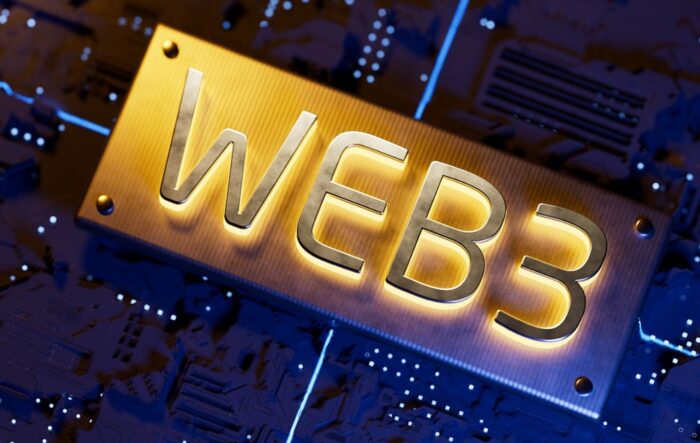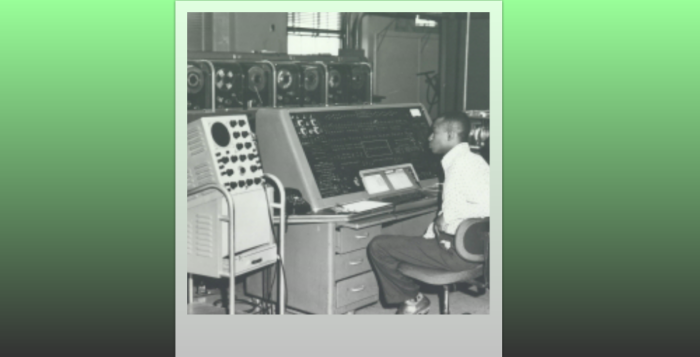
Web3 refers to a suite of technologies, innovations, and protocols that most tech analysts believe will come to define the next generation of the Internet. But what are these elements, and what do they mean for the average internet user?
To get some grounding in why Web3 matters, it can be useful to take a look at what came before it. Right now, we are on the cusp between Web3 and the second generation of the Internet, which has come to be known as Web 2.0. Before that was, understandably, Web 1.0.
The First and Second Generation Internet
Web 1.0 refers to the earliest iteration of the World Wide Web, the protocol devised by computer scientist Tim Berners-Lee to facilitate information exchange over the Internet. In simplistic terms, this can be thought of as a static or read-only version of the Internet. Websites existed to be browsed and read, but there was no real way to interact with content – no sharing, posting, liking, or commenting.
Eventually, Web 2.0 began to take shape during the early years of the 2000s. Known as the social web, this was the point at which interactivity became a central feature of the online experience. Not only were websites now more interactive – facilitating discussion and interaction, but users could produce and create their own content.
Nowhere is the essence of Web 2.0 more clearly evident than in the emergence of social media platforms. These massive networks became home to billions of internet users who used them to share their lives online, communicate with friends, engage in public debate, and build careers as content creators and influencers. This represented a seismic shift in the way people used the Internet, and now the top five most visited sites online all belong to this category.
The rise of Web 2.0 was also closely linked with the propagation and penetration of smartphones, which gave rise to a new way of interacting with the Internet through mobile apps. While these programs offered unparalleled access and interactivity, they furthered a trend of centralization that came with the rise of these large social platforms. While the advantages of this centralization are that everyone was suddenly in the same place online – and thus able to interact with everyone else – it led to users getting locked in and subject to invasive marketing and data capture practices as a trade-off.
Enter Web3

With growing discontent among many as to the direction the Internet was taking – or being forced to take – under the behest of large and powerful corporations such as Meta and Google, the desire for alternatives to centralization has been building.
Many want to continue to benefit from the social interactivity and content creation that has come to typify Web 2.0, but without having to give away their private data for the privilege. Web3, then, seeks to decentralize the experience of Web 2.0 in such a way that users will once again be able to own their own content outright and decide how and when it’s used or sold. Not only does this point to greater freedom of expression and flexibility for Internet users, but it also points to a greater Internet democratization.
Recently, billionaire entrepreneur Elon Musk purchased the popular Web 2.0 social media network Twitter for a reported $44 billion. A common criticism of centralized social networks is that they provide an illusion of agency and freedom for users while retaining the freedom to arbitrarily change their policies or restrict user-generated content as they see fit. Twitter has long been considered the bastion of public discourse online, the Internet’s ‘town square,’ so much so that many had begun to think of it not as a corporation but as a public utility.
Imagine then the shock of many millions of users when Elon Musk took the reins, fired half the workforce – including teams whose job was to ensure a safe and reliable experience for the platform’s user base – introduced a subscription verification process, limited the number of tweets users could see per-day, and renamed the site to X.
This is, but a more egregious example of the limitations of Web 2.0 laid bare, and one of the most interesting side-effects of it was a large-scale exodus from Twitter to the decentralized, Web3-ready micro-blogging platform Mastodon. There, users can continue to interact in a context wherein they own all their data, can set individual server policies, and are able to safeguard their communities directly.
The Web3 Paradigm

Web3 is about decentralization and individual agency over data. To achieve those aims, the next generation of websites, services, platforms, and apps are being built on the blockchain – the technology that underpins NFTs and cryptocurrencies like Bitcoin.
A blockchain is a distributed record-keeping system that is collectively stored across thousands of individual computers. That way, data cannot be harvested, controlled, or centralized, ensuring privacy and security.
Blockchain and crypto have come under some criticism of late, with the value of crypto dropping in no small part to the collapse of FTX following the exposure of fraud by this once-leading exchange. However, with so the future of Web3 riding on an ever-deeper integration with blockchain technology, there can be no question that crypto will recover before long – and we will likely begin to see a shift in public perception around it away from a speculative investor asset, to a vital and useful financial tool for Web3 commerce.
We remain some years away from Web3 becoming the new standard, but the benefits of decentralization are obvious. From improved privacy and security to greater sovereignty over data. It is generally considered that Web 2.0 was a huge step forward in the history of the Internet, giving us new tools and ways of interacting with one another online. Web3 simply offers a means of taking those tools out of the hands of centralization corporations back to the users who are generating the content and discourse in the first place.












